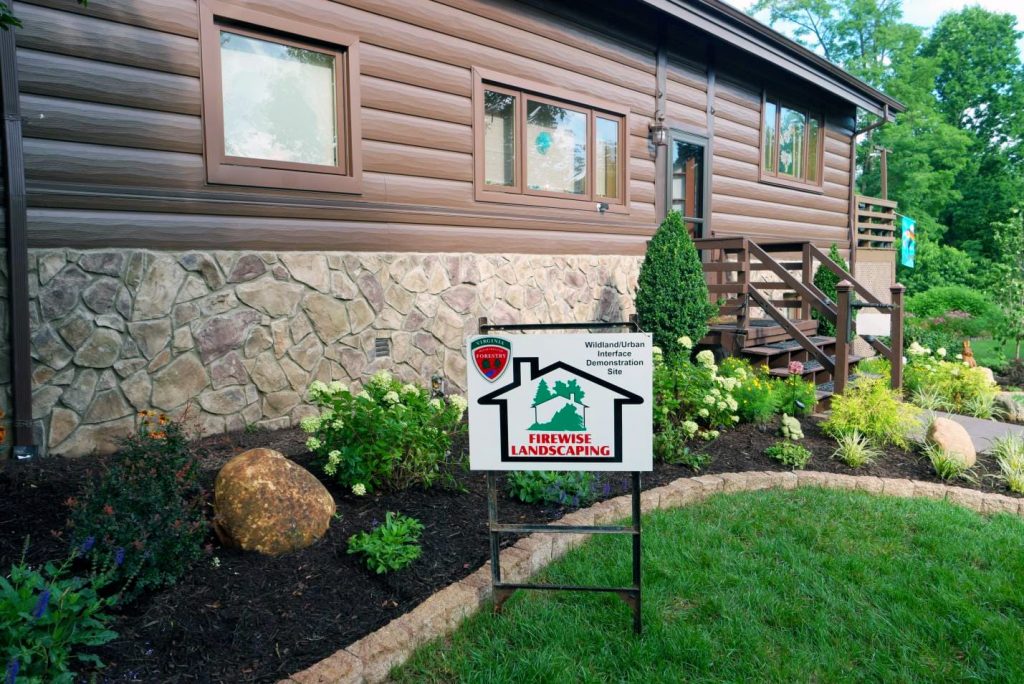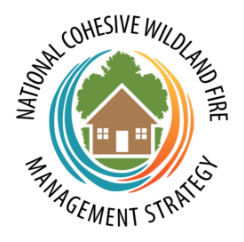Why Should I Be “Firewise”?
Research has shown that making just a few Firewise improvements to your home and property can greatly reduce the risk of losing your home to a wildfire. It is therefore the responsibility of each homeowner in the Wildland-Urban Interface to take steps to protect themselves, their home, and their family. A weekend of work is often all it takes to reduce your risk.

Firewise Resources for Residents
Below are links to resources and information on Firewise practices:
- Wildfire Home Assessment & Checklist A tool from the Insurance Institute for Business & Home Safety to help determine what parts of a home and the surrounding property may be most vulnerable during a wildfire.
- Wildland Fire Action Guide The Ready, Set, Go! “Your Personal Wildland Fire Action Guide” for residents.
- Understanding the Wildfire Threat to Homes This NFPA online learning module is an overview of fire history, fire basics, and how homes burn. It’s an excellent resource for residents and other stakeholders that are pursuing knowledge on the basics of how wildfires ignite homes and the actions that can be implemented to make homes safer. The module can be completed in approximately thirty minutes.
- Preparing homes for wildfire This website by NFPA describes methods for homeowners to prepare their homes to withstand ember attacks and minimize the likelihood of flames or surface fire touching the home or any attachments. Experiments, models and post-fire studies have shown homes ignite due to the condition of the home and everything around it, up to 200’ from the foundation. This is called the Home Ignition Zone (HIZ).
- Eastern United States Fire Performance Plant Selector This web site is an easy-to-use tool for selecting plants for use in fire-prone urban communities. It includes approximately 500 commonly occurring trees, shrubs, ground covers, vines, and grasses of the Eastern United States. It was developed to provide urban foresters, Firewise professionals, homeowners, and community planners with an accessible plant selection tool.
- Firewise Landscaping and Plant Lists This Firewise web site provides the links to state Cooperative Extension Service plant lists. These sources are science-based, consistent with Firewise principles, and are updated periodically. Includes many Northeast & Midwest States.
- Wildfires Near Me Wildfires Near Me is a beta web application that focuses on keeping you informed about wildfires in your area. You tell the app all the places you care about and you will receive an email or text message when a fire is possibly threatening that location.
- Federal Alliance for Safe Homes, Inc. – FLASH® FLASH® is the country’s leading consumer advocate for strengthening homes and safeguarding families from natural and manmade disasters. Their mission is to promote life safety, property protection and resiliency by empowering the community with knowledge and resources for strengthening homes and safeguarding families from natural and man-made disasters.
- Wildfire Information Network eXtension The goal of this program is to teach homeowners how to live more safely in wildfire prone areas and provide current information to extension educators for use in their outreach programs. Educational materials include:
- Pre-fire actions that reduce the wildfire threat to homes and other property.
- Homeowner actions when the wildfire threat is imminent, including information on evacuation and staying to defend your home.
- Post-fire actions pertinent to homeowners and their property.
- Social science aspects of implementing plans to reduce the wildfire threat to your home.

Neighborhood Wildfire Preparedness
Preparing for a wildfire is a community undertaking. Neighbors must work together to educate each other on wildfire issues and create a community that is adapted to fire.
When a wildfire enters a Wildland-Urban Interface community, it can spread from house to house, independent of the wildland fuels. If one house in a neighborhood ignites, it can put all the other houses at risk. This is why it is important for everyone in the neighborhood to be Firewise.
Benefits of Neighborhood Wildfire Preparedness
Neighbors who work together to implement Firewise practices in their community often experience:
- Reduced wildfire risk to homes throughout the community
- Increased community cohesion and comradery
- Increased property values
- Improved ISO ratings

Firewise Resources for Neighborhoods
Below are links to programs designed to help neighborhoods and communities implement Firewise practices:
- Firewise USA™ Program Firewise is a key component of Fire Adapted Communities – a collaborative approach that connects all those who play a role in wildfire education, planning and action with comprehensive resources to help reduce risk. Firewise USA™ is a program of the National Fire Protection Association.
- Firewise USA™ Toolkit The Firewise USA™ Toolkit provides a number of proven tools and resources for homeowners and other community residents who work tirelessly to help prepare for and reduce the risk of wildfire damage and loss in their neighborhoods.
- Community Wildfire Readiness Toolkit The CWR Toolkit helps agencies and individuals promote the fire adapted concept within their communities. The International Association of Fire Chiefs (IAFC) is an active partner in the National Wildland Fire Cohesive Strategy.
- CWPP Leader’s Guide This is a guide from the International Association of Fire Chiefs (IAFC) is designed to help develop and implement a Community Wildfire Preparedness Plan in communities and across the country. It has a local community level approach to include code, development review, ordinances and local authority, and is used by leaders in the Fire Service, including SMEs and local, state, and federal officials. With the guidance of this guide, leaders in the Fire Service will be able take the steps to create a CWPP that addresses community risk of wildfire with respect to other resource values.
- Community Wildfire Readiness (CWR) Community Wildfire Readiness recognizes that all community members play an important part in preparing your community for the threat of wildfire. CWR resources help community members create a fire-ready community through education, mitigation and the establishment of a community coalition.

